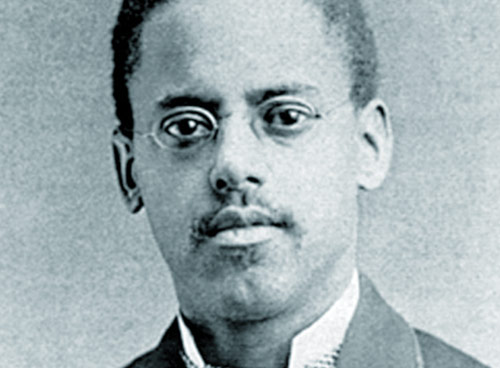Announcing My New Book
Steve Mitnick is President of Lines Up, Inc., Editor-in-Chief of Public Utilities Fortnightly, and author of “Lines Down: How We Pay, Use, Value Grid Electricity Amid the Storm.”
The fourth of September is huge in the electric industry's history. On that day, in the year 1882, at three o'clock in the afternoon, an engineer threw the switch at the first central power station, at Pearl Street, in Manhattan. Simultaneously, a few blocks away, Thomas Edison turned on the electric lights in the offices of financial mogul J. Pierpont Morgan and the room brightened.
According to Paul Israel's book "Edison - A Life of Invention," Pearl Street's success was so critical to advance Edison's vision for the generation and distribution of electricity that he spent much of his time right there in 1881 and '82. Edison sent canvassers door-to-door in the surrounding neighborhood to assess how much lighting was needed. He developed a miniature model of the required underground distribution system. He pushed the Board of Aldermen to allow underground lines, the financiers to fund the whole affair, and the workforce to labor at all hours. As for the generating equipment, it was innovated on the fly and tested incessantly for reliability and cost efficiency.
Celebrating his thirty-fourth birthday that day, right there in Manhattan too, Lewis Latimer undoubtedly took note. Among the scientists, engineers and financiers of the Second Industrial Revolution, Latimer had already accomplished much and was already known by many of them.
Yet, Latimer was different. It wasn't just that he had self-taught proficiency in industrial drafting, patent law, electrical engineering, invention and foreign languages, and that he arose from a fifth-grade education and poverty. What really set Latimer apart from his peers was that he was the sole African American in that elite club of late nineteenth century high-tech.
When Alexander Graham Bell was racing to win the patent for the telephone, six years earlier, Bell depended upon Latimer to cross the finish line ahead of Edison, Elisha Gray, and others. When Hiram Maxim was racing to win the patent for the electric light, three years earlier, Maxim depended upon Latimer to cross the finish line ahead of Edison, William Sawyer, and others. Maxim did lose interest in competing with the savvy Edison though Latimer persisted and won his own patents in lighting.
Edison invested heavily in prosecuting and protecting his patents and even sued Latimer. Edison's legal team outgunned Latimer's, of course, who likely couldn't afford a single lawyer. But Edison also invested in bringing the brightest minds to his team and so, when the case against Latimer was decided, Edison hired Latimer too, as Bell and Maxim had, despite the intense biases at the time against black men and women.
Latimer became a star witness and the chief industrial draftsman on Edison's legal team. And later on the so-called Board of Patent Control, which George Westinghouse's and Edison's companies created to corner the market on all things electric. Most of the famous and wealthy men that worked with Latimer probably knew no other black professionals. But when they formed the exclusive group, "Edison Pioneers," they included Latimer. And when Latimer passed away at age eighty, in 1928, they heartily saluted him.
How did this great man overcome such daunting barriers and yet manage to contribute mightily to the emergence of the electric and telecommunications industries? And, what does his grit, genius, and accomplishments, in an era of extreme adversity for African Americans, tell us about the quest for racial equality and justice in our day?
That's the subject of my new book, "Lewis Latimer: The First Hidden Figure." It offers up some great history of this remarkable period, and our industry's development, and the struggle for equal rights for all Americans, in the late nineteenth century and early twentieth. When Public Utilities Fortnightly publishes the book in the fall, I hope that you'll enjoy it, while also considering the lessons for today.
Category (Actual):
Department:
